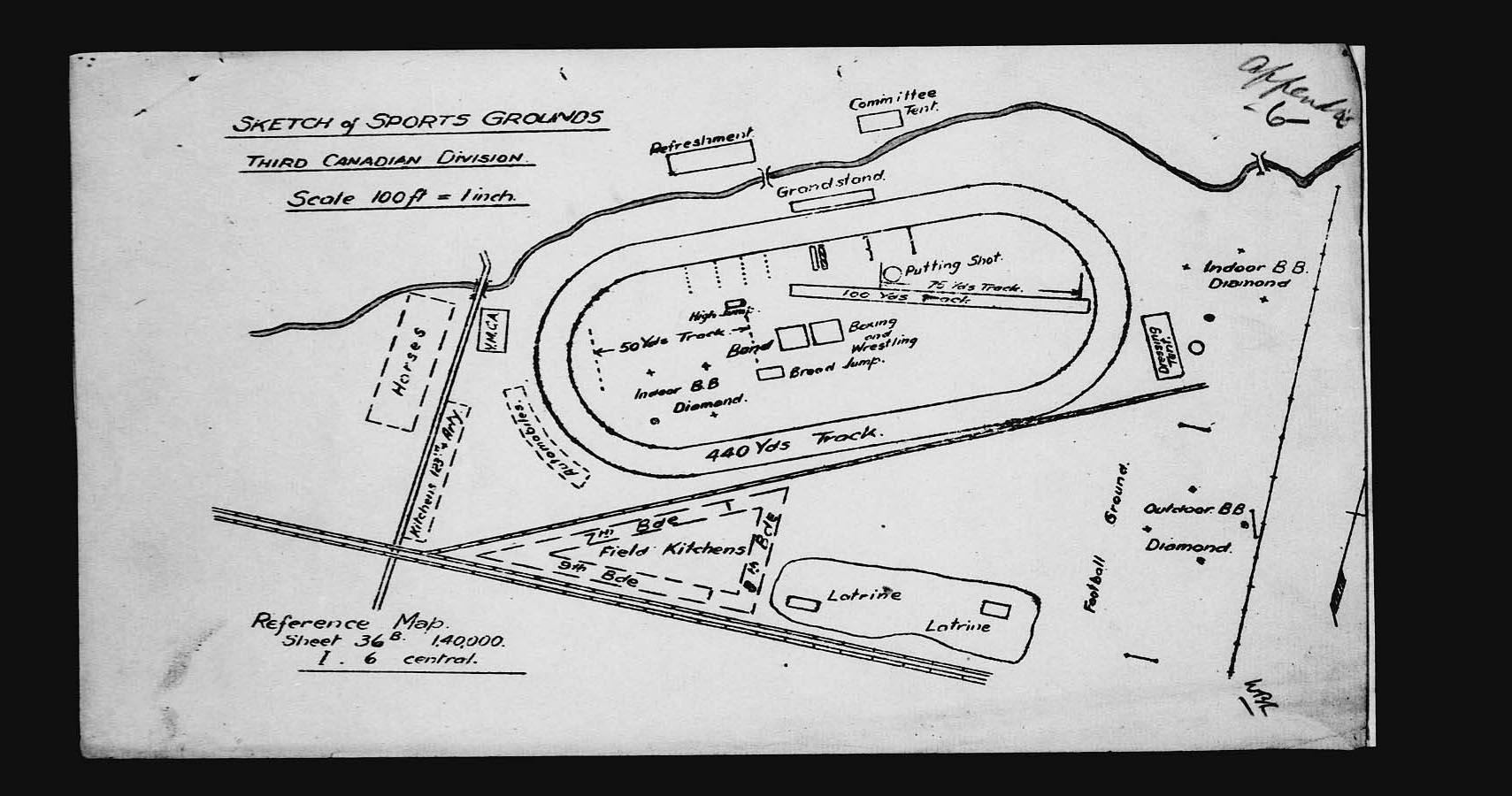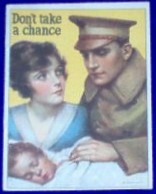Yes I know it has been a while since I've done a post. Work has slowed down and I just finished school, so more posts will be coming more frequently.
The months of August and September (which will be posted soon) 1917 were the calm before the storm.
The 123rd Pioneer Battalion was pulled of the line to rest in the first few weeks of August. The War Diary for this time is sparse on information, as nothing (at least to the higher ups in the 123rd Pioneer Battalion) important was going on. The men spent most of their time training or completing light duties. Many of the men organized athletic competitions with the other battalions in the area (a point the CO loves to point out, especially when the 123rd won.)

Tim Cook describes the activities the men under took in the rest areas in his book, "At the Sharp End." When the men returned from the front, they were paid and in cases of married men (like Jack) most of that pay would go to wives and children back home. With soldiers flush with money ($1.00 a day) cafes, restaurants, theaters, pubs. etc where overwhelmed by soldiers. One of the biggest problems the CEF faced in the course of the war: (besides the war itself) STD"s or venereal Disease. STD"s became such a problem in the CEF that the YMCA began to hand out free condoms to men on leave.

On August 18th, the Battalion received word that they would be heading to the front on the 22nd to construct trenches on the line. A Company was attached to the 8th Canadian Infantry Brigade at Les Brebis to build 200 yards of front line trench. C and D Companies were attached to the 7th and 9th Canadian Infantry Brigades and took up billets in Beis au Neulette. The day they returned to the front, the War Diary notes that the Battalion's Home Association had been doing excellent work to get the "creature comforts" to the men (my wording not the diaries.) It makes me wonder if my great-grandmother had participated in the organization?

C Company (which will become the hardest hit during the War) was unable to do any work on the night of the 25th, as some 600 shells landed in their work area. Luckily, there were no causalities. On August 26th, A and B Companies, along with Headquarters, were moved to the town of Bully Grenay, to build a light railway around Loos. C and D Companies, located in Marles les Mines (in range of enemy artillery) had taken up residence in the cellars of miners houses. When the CO had visited these companies on the 29th, he noted that the noise from allied guns (which were in close proximity) was deafening.
On August 31st, C Company suffered seven causalities, with one, L/Cpl Judge dying of his wounds. L/Cpl Judge had been with the Battalion since its inception in 1915.
August ended with the CO wondering about re-enforcements. All though on paper, the 123rd was at full strength it was noted that 400 men were off doing duty with another Brigade or the Division or the Corps. They were also short NCO's, with 30 of them not working directly with the Battalion.
Still under manned, it would only get worse....















